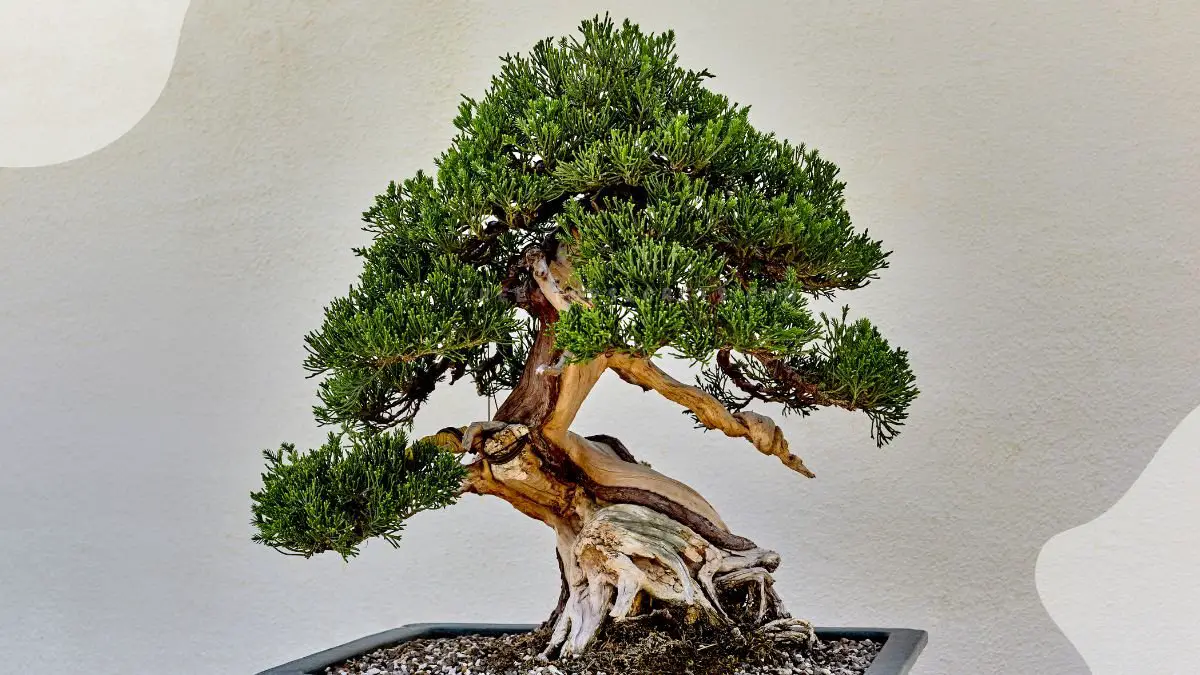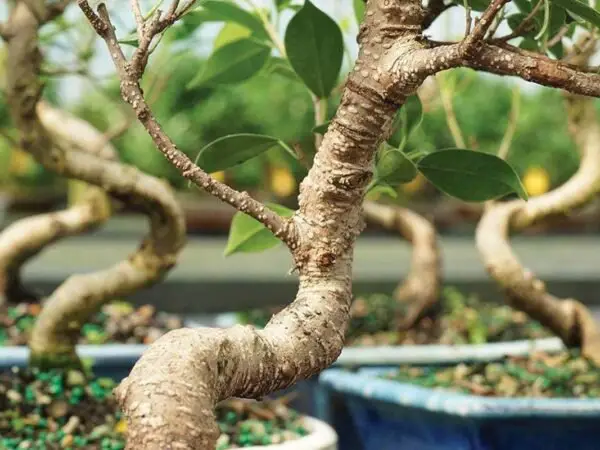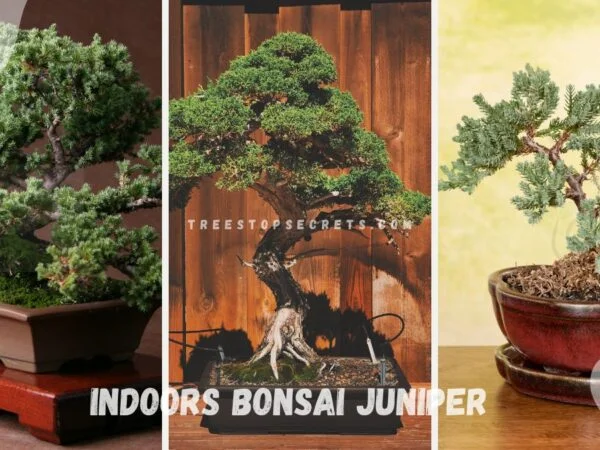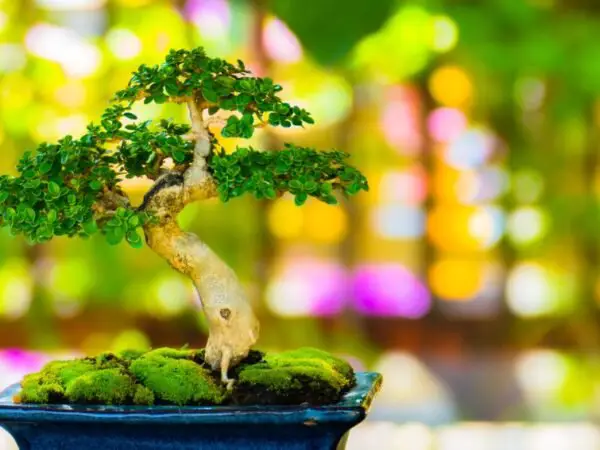Did you know that the art of shaping juniper bonsai trees dates back over a thousand years? These tiny, sculpted wonders hold centuries of tradition and skill within their delicate branches. From elegant cascades to windswept styles, the versatility of juniper bonsai shapes is truly awe-inspiring. Whether you're a seasoned bonsai enthusiast or just starting your journey, exploring the diverse forms and designs of juniper bonsai trees can be a captivating experience.
Discover how these miniature marvels transform outdoor spaces with their unique silhouettes and serene presence. Join us as we delve into the intricate world of juniper bonsai shapes, uncovering the secrets behind their timeless beauty and enduring appeal.
Key Takeaways
- Understand the basics of Juniper Bonsai to start your journey into shaping and styling these beautiful plants.
- Explore various Juniper Bonsai styles and learn about the unique characteristics of each.
- Implement styling techniques such as wiring and pruning to create your desired Juniper Bonsai shape.
- Provide proper care by following essential tips like watering, sunlight exposure, and soil requirements.
- Be prepared to face common challenges in shaping Juniper Bonsai, such as branch positioning and growth patterns.
- Draw inspiration from real-life examples to fuel your creativity and passion for crafting stunning Juniper Bonsai designs.
Juniper Bonsai Basics
Unique Traits
Juniper bonsai trees exhibit a captivating contrast between their living foliage and the intricate patterns of deadwood. This juxtaposition adds a dynamic element to the tree's overall aesthetic, creating a visually striking appearance. The adaptability of junipers to various bonsai styles stems from the diverse range of varieties within the juniper species. Each variety offers unique characteristics that can be harnessed to create different bonsai styles, showcasing the versatility of junipers in the world of bonsai cultivation. The aesthetic appeal of junipers is further enhanced by their foliage texture and trunk twists, which contribute to their distinct and captivating appearance.
Growth Habits
Juniper trees are renowned for their hardiness and adaptability, making them a popular choice among bonsai enthusiasts. Their resilience allows them to thrive in various environments, ensuring successful cultivation even for beginners. The evergreen nature of junipers, characterized by dense green foliage and strategically incorporated deadwood, makes them suitable for a wide array of bonsai styles. This enduring quality ensures that junipers maintain their beauty throughout the seasons, providing year-round enjoyment for enthusiasts. The versatility of junipers in terms of size and shape makes them an ideal choice for bonsai artists looking to experiment with different styles and designs.
Style Versatility
The style versatility of junipers is truly remarkable, offering a diverse range of sizes and shapes to suit various bonsai aesthetics. From tall and slender junipers exuding elegance to short and squat varieties conveying a sense of stability, there is a juniper tree for every artistic vision. Different juniper species bring forth unique characteristics such as pliable needles or rigid foliage, allowing artists to explore different textures and visual elements in their bonsai creations. Moreover, the adaptability of junipers to environmental conditions such as drought, heat, and cold further enhances their versatility in bonsai cultivation, ensuring that these trees can thrive in diverse settings.
Overview of Juniper Bonsai Styles
Formal Upright
The formal upright style in juniper bonsai, known as Chokkan, focuses on symmetry and balance. Cultivating a formal upright bonsai tree juniper presents challenges due to its tendency to grow asymmetrically. To start, ensure a straight trunk, thicker lower branches, and compact foliage pads for an authentic formal upright-style juniper bonsai.
Informal Upright
The informal upright style, or Moyogi, embodies a natural and flowing appearance. Achieving visual harmony and balance in an informal upright-style juniper bonsai involves strategic techniques. The placement of branches and foliage plays a crucial role in creating a captivating Moyogi-style juniper bonsai.
Slanting
The slanting style in juniper bonsai features a trunk that grows at an angle, adding character to the tree. Training and shaping a slanting juniper bonsai tree require specific techniques. A slanting juniper bonsai boasts unique aesthetic appeal in the world of bonsai cultivation.
Cascade
In the cascade style of juniper bonsai, the trunk and branches cascade downwards, resembling a waterfall. Creating a balanced and visually appealing cascade juniper bonsai involves intricate techniques. The elegance and grace of a cascade-style juniper bonsai elevate the artistry of bonsai cultivation.
Semi-Cascade
Combining elements of the upright and cascade styles, the semi-cascade style in juniper bonsai offers a unique blend. Training and maintaining a semi-cascade juniper bonsai tree demand precise techniques. The beauty and balance achieved through a semi-cascade-style juniper bonsai enhance the overall design aesthetics.
Detailed Style Analysis
Literati Style
The literati style in juniper bonsai involves a tall, elegant trunk with sparse foliage, creating a sense of grace. This style focuses on conveying simplicity and refinement in the tree's appearance. To achieve this, artists carefully prune and shape the foliage to emphasize the vertical growth of the trunk. By incorporating negative space and asymmetry, a literati-style juniper bonsai captures a subtle beauty that reflects the essence of nature. Artists often use this style to evoke a sense of tranquility and elegance in their creations.
- Pros:
- Evokes a sense of simplicity and elegance.
- Reflects the natural beauty and grace of juniper trees.
- Cons:
- Requires meticulous pruning and maintenance to preserve the desired form.
- May be challenging for beginners due to its intricate design.
Windswept Style
The windswept style in juniper bonsai aims to replicate the effects of strong winds on the tree's growth, resulting in a dynamic and dramatic appearance. This style conveys a sense of resilience and endurance, showcasing the tree's ability to withstand harsh environmental conditions. Artists use wiring techniques to create sweeping curves and asymmetrical shapes, mimicking the windswept look of trees exposed to strong gusts. By emphasizing movement and flow in the branches and foliage, a windswept-style juniper bonsai captures a sense of energy and vitality.
- Techniques for shaping and styling a windswept juniper bonsai tree:
- Use wire to bend branches into dynamic curves.
- Prune foliage asymmetrically to mimic wind-blown patterns.
- Steps for creating a windswept-style juniper bonsai:
- Select a juniper specimen with flexible branches.
- Wire branches in the direction of simulated wind flow.
- Prune foliage to enhance the windswept effect.
Styling Techniques
Pruning Methods
Pruning is essential for maintaining juniper bonsai trees' health and shape. Strategic pruning encourages growth and enhances their appearance. Proper pruning impacts the development and longevity of juniper bonsai trees.
- Importance of Pruning: Pruning helps maintain the tree's health by removing dead or overgrown branches.
- Techniques for Strategic Pruning: Selective pruning directs growth, creating desired shapes in juniper bonsai trees.
- Impact on Development: Proper pruning ensures a balanced structure, promoting long-term health and aesthetics.
Wiring Techniques
Wiring plays a crucial role in shaping and training juniper bonsai trees. It allows for achieving desired shapes and styles in cultivation. Precision and skill are vital for effective wiring techniques in creating stunning designs.
- Crucial Technique for Shaping: Wiring guides branch growth, enabling intricate shaping of juniper bonsai trees.
- Methods of Wiring: Careful placement of wires supports branch movement without causing damage.
- Precision and Skill: Skilled application of wiring techniques results in beautifully styled juniper bonsai trees.
Thinning Practices
Thinning foliage in juniper bonsai trees is significant for improving light penetration and airflow. Thinning branches and foliage maintains health and balance, impacting overall aesthetics and vitality.
- Significance of Thinning: Thinning foliage enhances air circulation, preventing diseases in juniper bonsai trees.
- Techniques for Thinning: Removing excess foliage ensures proper light exposure and promotes new growth.
- Impact on Aesthetics: Well-executed thinning practices result in visually appealing and healthy juniper bonsai trees.
Juniper Bonsai Care Tips
Watering Needs
Proper watering is crucial for juniper bonsai trees to thrive. Balancing the frequency and amount is key.
Junipers require well-draining soil to prevent waterlogging, which can lead to root rot. Adjust watering based on soil moisture levels and environmental factors.
Maintain a balance between underwatering and overwatering to keep juniper bonsai trees healthy and hydrated.
Sunlight Requirements
Juniper bonsai trees need ample sunlight for photosynthesis and growth. Ensure they receive adequate light exposure.
Ideal lighting conditions include direct sunlight for several hours daily. Consider factors like intensity and duration for optimal growth.
Providing sufficient sunlight is essential for promoting the vitality and development of juniper bonsai trees.
Soil and Fertilization
Selecting the right soil mix and fertilizers is vital for meeting the nutrient needs of juniper bonsai trees.
Use well-draining soil mixes with good aeration to maintain proper root health and nutrient absorption.
Fertilize junipers with a balanced formula specifically designed for bonsai trees to support their vigor and overall beauty.
Common Challenges in Shaping
Over-Pruning Risks
Over-pruning juniper bonsai trees can lead to stunted growth and weakened resilience, affecting their overall health. Excessive pruning may result in a less vibrant appearance for junipers. It is crucial to practice moderation and consider pruning carefully to avoid these risks.
When juniper bonsai trees are over-pruned, they may experience stunted growth and become more susceptible to diseases. This can negatively impact the aesthetic appeal of the bonsai. Moderation in pruning is key to maintaining the health and vitality of junipers.
Wiring Mistakes
Improper placement and excessive tension are common wiring mistakes that can harm juniper bonsai trees. These errors can hinder the natural growth patterns of junipers and even cause damage. Patience and precision are essential in wiring techniques to prevent such mistakes and promote healthy development.
Mistakes in wiring juniper bonsai trees can disrupt their growth and lead to deformities. Incorrect wiring techniques may also cause injuries to the tree, affecting its overall health. Precision and care are vital in ensuring proper wiring that supports the natural form of junipers.
Recovery Tips
To help juniper bonsai trees recover from stress, disease, or improper care, observe them closely for signs of distress. Implement appropriate interventions based on the specific issues affecting the trees. Patience is key in allowing junipers to regain their health and vitality.
When juniper bonsai trees face challenges, such as stress or disease, it is essential to provide tailored care to support their recovery. By closely monitoring their progress and making necessary adjustments, struggling junipers can be revitalized. Patience and consistent care play a crucial role in restoring the health of these bonsai trees.
Inspirational Examples
Famous Juniper Bonsais
Juniper bonsais have captivated enthusiasts worldwide with their timeless beauty and intricate designs. One renowned example is the "Goshin" bonsai, created by John Naka, featuring eleven trees symbolizing a forest. Another iconic juniper bonsai is the "Dragon" at the National Bonsai and Penjing Museum, known for its majestic appearance resembling a dragon in flight. These famous juniper bonsais serve as sources of inspiration for aspiring bonsai artists.
- "Goshin" by John Naka
- "Dragon" at National Bonsai and Penjing Museum
Explore the unique characteristics of these juniper bonsais that have garnered international acclaim. Each tree tells a story, reflecting the dedication and artistry of its creator. For instance, the "Goshin" bonsai's intricate design showcases a harmonious balance between each tree, representing unity in diversity. Similarly, the "Dragon" bonsai's sweeping branches evoke a sense of movement and grace, captivating viewers with its dramatic silhouette.
Success Stories
Embark on a journey of perseverance and passion with success stories from individuals who have mastered the art of cultivating juniper bonsais. These stories highlight the determination and resilience required to overcome challenges in bonsai cultivation. For example, Sarah, a novice bonsai enthusiast, faced setbacks such as pest infestations and improper pruning techniques before achieving success with her flourishing juniper bonsai. Through dedication and continuous learning, she transformed her struggles into triumphs.
- Sarah's Journey to Bonsai Mastery
- Overcoming Challenges in Bonsai Cultivation
Delve into the personal experiences of bonsai enthusiasts who have turned their love for juniper bonsais into thriving creations. From battling adverse weather conditions to experimenting with different shaping techniques, these individuals exemplify the essence of patience and commitment in bonsai cultivation. Their stories serve as testaments to the transformative power of nature and the joy of nurturing living art forms.
Summary
In mastering juniper bonsai shapes, you've delved into the basics, explored various styles, analyzed detailed techniques, learned care tips, faced common challenges, and found inspiration. By understanding these aspects, you're now equipped to shape and nurture your juniper bonsai with confidence. Remember to apply the styling techniques with care and precision, ensuring the health and beauty of your miniature tree. Embrace the creative journey of bonsai shaping and let your unique style flourish.
Embrace the artistry of juniper bonsai shaping and share your creations with fellow enthusiasts. Your dedication to honing your skills will not only enhance your bonsai's beauty but also enrich your connection with nature. Keep shaping, caring, and exploring the world of juniper bonsai with passion and patience.
Frequently Asked Questions
What are the different styles of Juniper Bonsai?
Juniper Bonsai can be styled in various ways, including formal upright, informal upright, slanting, cascade, semi-cascade, and literati styles. Each style brings a unique aesthetic to the bonsai tree.
How do I care for my Juniper Bonsai tree?
To care for your Juniper Bonsai, ensure it receives adequate sunlight, water when the soil is dry, fertilize during the growing season, prune regularly to maintain shape, and repot every 2-3 years. Protect it from extreme temperatures and pests.
What are some common challenges in shaping a Juniper Bonsai?
Common challenges in shaping a Juniper Bonsai include balancing growth, achieving desired styles, maintaining health during styling, dealing with pests and diseases, and ensuring proper wiring techniques. Regular monitoring and adjustments are key to overcoming these challenges.
Can you provide some inspirational examples of Juniper Bonsai styling?
Inspirational examples of Juniper Bonsai styling include elegant formal upright designs, dramatic cascading styles, dynamic slanting compositions, serene literati forms, and creative semi-cascade arrangements. Drawing inspiration from these examples can help you develop your unique bonsai aesthetic.
What are some effective styling techniques for Juniper Bonsai?
Effective styling techniques for Juniper Bonsai include wiring to shape branches, pruning to control growth and enhance structure, jin and shari techniques to create aged appearance, using guy wires for positioning, and selecting appropriate pots to complement the tree's style. Practice these techniques carefully for optimal results.
Image Source: Paid image from CANVA





